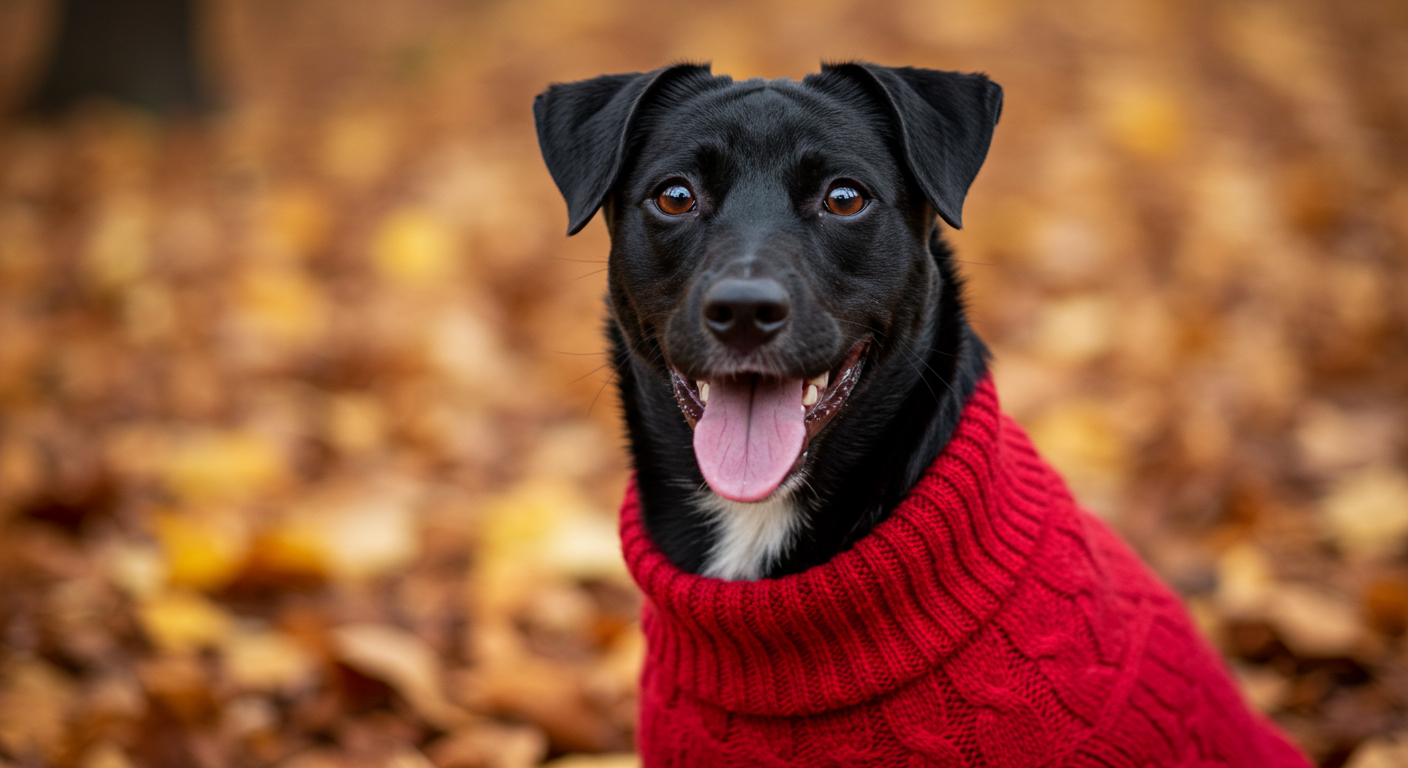Keeping your furry friend comfortable and healthy throughout the year requires understanding the unique challenges each season presents. These seasonal tips for your dog will ensure their safety and well-being, whether it’s freezing winter mornings or scorching summer afternoons.
Table of Contents
- Winter Dog Care Tips
- Spring Dog Care Tips
- Summer Dog Care Tips
- Fall Dog Care Tips
- 10 Frequently Asked Questions About Seasonal Dog Care
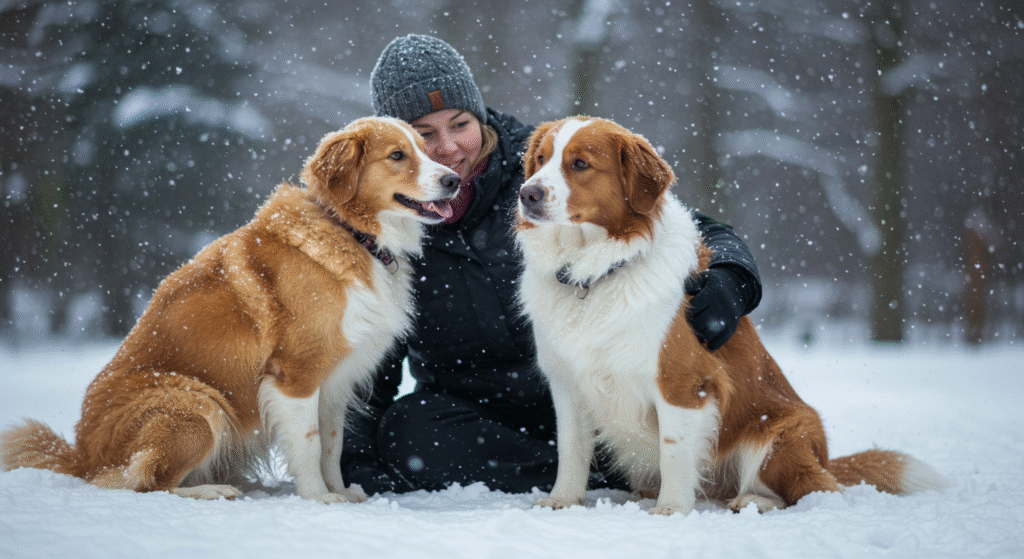
Winter Dog Care Tips
Cold winters can be tough on dogs, especially those with short fur or delicate paws. Here are some essential tips to protect your dog during the chilly months:
1. Invest in Dog Apparel
-
- Dogs with short coats may need an extra layer of warmth. Invest in dog sweaters or jackets for outdoor walks.
- Make sure the clothing fits well but doesn’t restrict movement.
Protect Their Paws
-
- Snow, ice, and salted roads can harm your dog’s paws. Use protective booties or apply paw balm to protect their pads.
- After walks, wipe their paws clean to remove any antifreeze or salt that could be toxic.
3. Adjust Their Exercise Routine
-
- Shorten outdoor playtime if temperatures are too cold. Remember, frostbite can affect ears, tail, and paws.
- Provide indoor games and mental stimulation to keep them active.
4. Stay Hydrated Indoors
-
- Heaters and dry air can dehydrate dogs. Ensure they have constant access to fresh water.
- Add moisture to their diet with wet food if needed.
. Create a Warm Sleeping Space
-
- Ensure your dog has a cozy, draft-free spot to sleep, ideally with a thick blanket or bed.
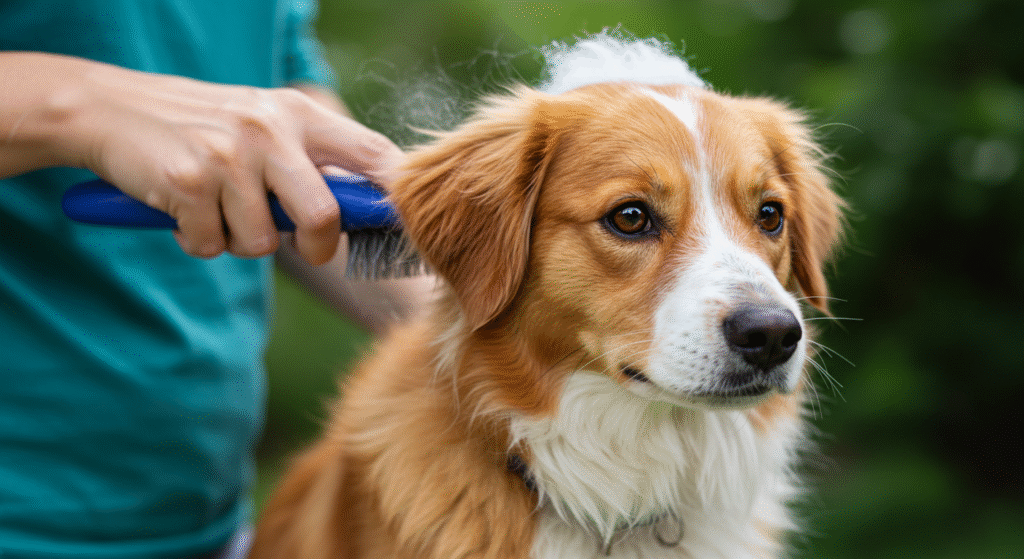
Spring Dog Care Tips
With blooming flowers and warmer weather, spring is a refreshing time, but it also brings unique challenges for your dog.
1. Be Wary of Allergies
-
- Just like humans, dogs can develop seasonal allergies. Watch for itching, sneezing, or watery eyes.
- Consult your vet if symptoms appear, as they may require antihistamines.
Protect Against Ticks and Fleas
-
- Spring is prime season for ticks and fleas. Use preventive treatments like collars or topical solutions.
- Check your dog’s coat regularly after outdoor adventures.
3. Avoid Toxic Plants
-
- Many spring plants, like daffodils and tulips, can be toxic to dogs. Ensure your garden is pet-friendly.
4. Start a Grooming Routine
-
- Brush your dog frequently to manage shedding and handle the transition to a summer coat.
- Bathe them to remove allergens and freshen up their fur.
5. Moderate Outdoor Excitement
-
- Pollen and environmental changes can agitate dogs. Ease them into extended outdoor playtime.
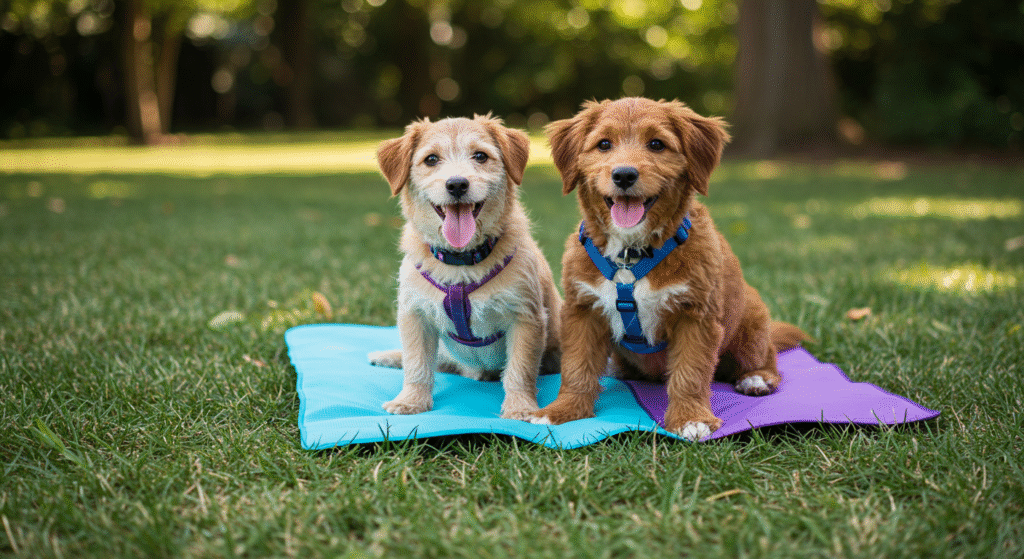
Summer Dog Care Tips
Heatwaves and outdoor adventures dominate summer, but they can pose potential dangers for your canine companion.
1. Hydration is Key
-
- Ensure your dog always has access to clean, cool water.
- Carry portable water and a bowl during walks or hikes.
Avoid Hot Pavements
-
- Test the ground with your hand; if it’s too hot for you, it’s too hot for your dog’s paws.
- Walk your dog early in the morning or late in the evening when it’s cooler.
3. Prevent Heatstroke
-
- Never leave your dog in a parked car, even for a few minutes.
- Provide plenty of shade and cooling mats for outdoor relaxation.
- Watch for signs of heatstroke, such as excessive panting or drooling.
4. Grooming Adjustments
Use sunscreen on exposed areas, like the nose, for light-colored or short-haired dogs.
Trim long fur to keep them cool but avoid shaving down to the skin, as fur provides sun protection.
Monitor Outdoor Activities
-
- Avoid too much exercise during peak temperatures.
- Keep your dog away from BBQ leftovers or foods toxic to pets.
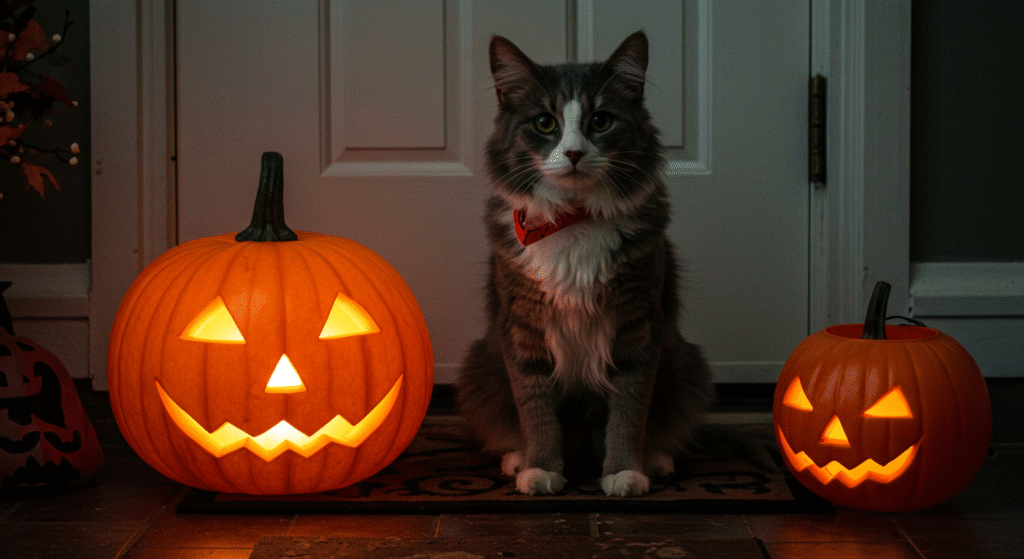
Fall Dog Care Tips
Fall brings cooler days and festive activities, along with its own considerations for pet care.
1. Transition for Cooler Weather
-
- Gradually adjust your dog to dropping temperatures by extending outdoor time incrementally.
Be Mindful of Dead Leaves
-
- Piles of leaves may harbor mold or parasites. Don’t allow your dog to dig through them.
3. Maintain Flea and Tick Prevention
-
- Fleas and ticks remain active during fall, especially in warmer climates. Ensure protection continues.
4. Watch Their Diet
Overindulgence in scraps or treats during fall festivities can lead to weight gain. Stick to portioning.
. Safety During Halloween
-
- Keep pets away from candy, especially chocolate and sugar-free items containing xylitol.
- Create a safe, quiet space away from the door to prevent stress during trick-or-treating.
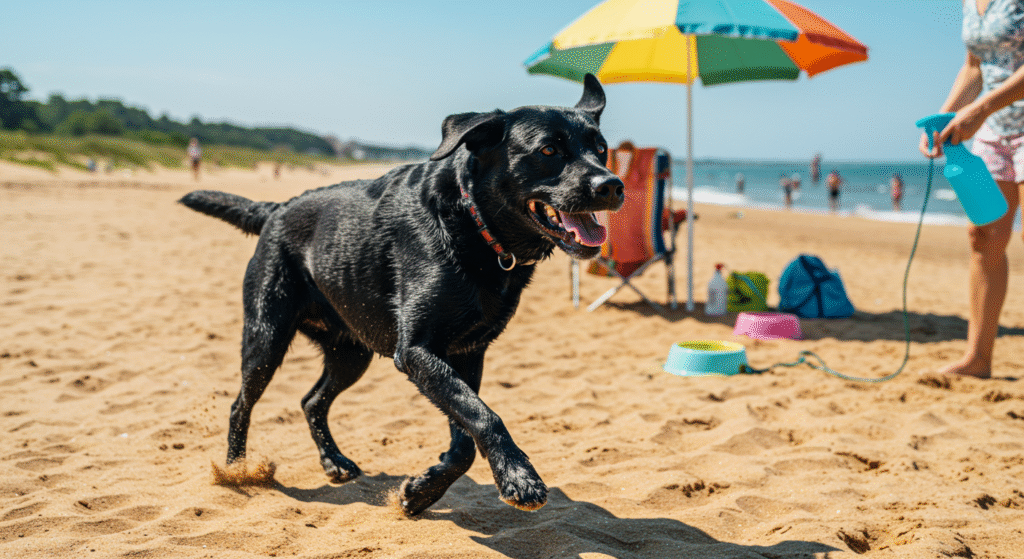
Seasonal Essentials for Dog Owners Table
| Season | Must-Have Essentials | Potential Hazards | Necessary Precautions |
|---|---|---|---|
| Spring | Flea/tick preventatives | Pollen, toxic plants | Daily checks, yard cleanliness |
| Summer | Cooling mats, sunscreen | Heatstroke, burnt paws | Cool walks, hydration strategies |
| Fall | Reflective collars | Toxins like fallen leaves | Manage exposure, watch morning fog |
| Winter | Sweaters, paw balm | Frostbite, dry skin | Limit outdoor time, moisturize paws |
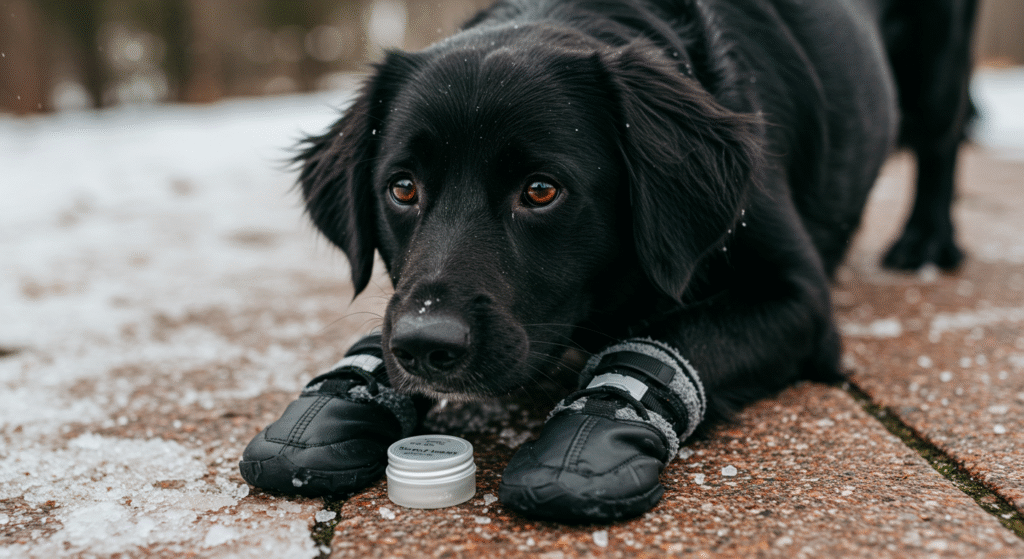
FAQs About Seasonal Dog Care Tips
- What are the best dog foods for seasonal changes?
Seasonal dog food largely depends on your dog’s breed and activity level. Always consult a veterinarian to adjust caloric intake as needed.
- How often should I groom my dog based on the season?
Dogs may need grooming once a week in spring and fall (shedding seasons). Summer and winter requirements vary by coat type.
- Can I use human sunscreen on my dog in summer?
No, human sunscreen can have toxic ingredients. Opt for pet-safe sunscreens.
- How do I protect my dog’s paws from ice in winter?
Use paw balms or protective booties to shield their pads from salt and ice.
- Are there holistic ways to manage seasonal dog allergies?
Yes, options like oatmeal baths, air purifiers, and hypoallergenic diets can help. Always coordinate with your vet.
6.What is the 7 second rule for dogs?
The 7 second rule suggests placing the back of your hand on the pavement for 7 seconds; if it’s too hot for you, it’s too hot for your dog’s paws.
7. How many hours can a dog hold it?
Adult dogs can typically hold their bladder for 6-8 hours, but this varies depending on age, size, and health. Puppies and senior dogs may need more frequent breaks.
8. Can my dog get frostbite or hypothermia in winter?
Yes. Prolonged exposure to cold temperatures can lead to frostbite or hypothermia, especially in small or short-haired breeds.
9. Can I walk my dog in winter snow?
Yes, but limit exposure and use protective booties to shield their paws from ice and salt.
This comprehensive guide to Seasonal Dog Care Tips equips you to handle every change the year brings. Prioritize safety, adapt your care routine, and cherish every moment with your furry companion.
